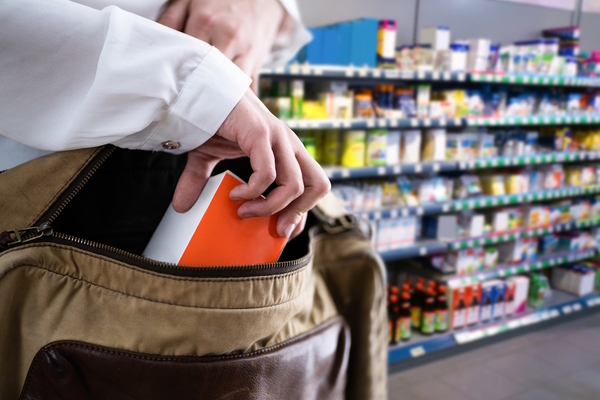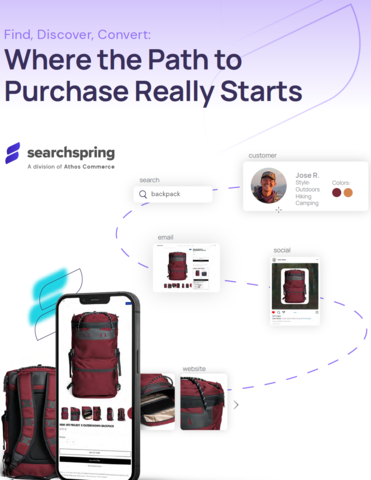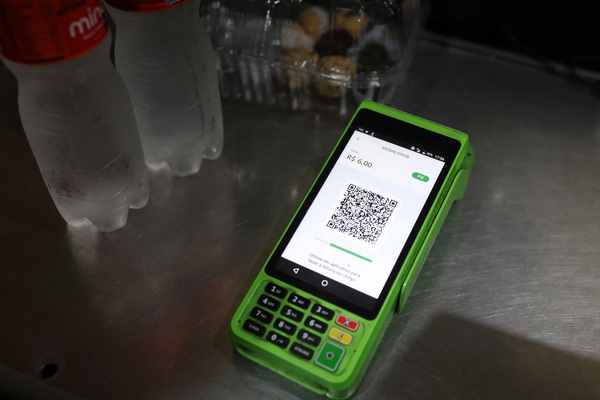Five signs that it’s time to break up with your customer service contact centre
Sponsored by SimplrThe following is a condensed version of an article that originally ran on the Simplr blog, which you can find here.
Daniel Rodriguez, CMO, Simplr
The contact centre has become a vital organ for many organisations. Having control over customer experience means that what happens there impacts everything – reviews, sales, revenue, even the very ability of the company to compete!
But not every contact centre is up to the task.
Did you know that between 40 and 50 per cent of customers say they stopped doing business with a company because of poor customer service? And that more than 25 per cent say their biggest frustration was lack of effectiveness from the customer service rep that was helping them?
Gut check time. You need to ask yourself just how good your BPO and/or contact centre really is. Here are five red flags that might mean it’s time to break up with your customer service contact centre.
1) You don’t hear from them on a consistent basis
Whether this is because of the time difference, different expectations about how much communication is enough, or any other issue, the contact centre and/or call centre is the line of communication between you and your customers. It needs to be accessible and clear when you need it to be.
2) There are too many escalations of calls and emails
There are a lot of reasons for call escalation. One is that the contact centre doesn’t empower employees to take care of issues when they come in. That might mean not allowing them to give refunds, change orders or solve other customer problems. Another is simply poor training of agents who don’t have the knowledge, or the knowledge repositories (your company’s FAQs etc) to solve problems.
In either case, it means more work for your team.
But there are more insidious reasons. A study in Harvard Business Review showed that some companies force escalations for things such as cash refunds because of the increased level of hassle for the customer, resulting in a reduced number of cash refunds being sought. That’s good for short-term cash outlays, bad for customer relationships. Even worse, the study pointed out an institutional bias against women, African Americans and Latinos that led to people in these groups needing to escalate.
Calls, chats and emails must escalate sometimes, but if it’s too much, it’s bad for business.
3) Response times don’t match expectations
When you signed a contract/SLA with your outsource provider, you probably had specific metrics for response times. Are they being met? This is key to your customer success. Nearly 40 per cent of customers said they would wait an hour or less after not getting a response from one channel before trying another. Another 40 per cent said they’d wait a day.
People’s attitude toward response times seems to be connected to the channel they’re using. People don’t seem to mind waiting half a day for responses to email and online forms but they expect an answer to a social media query within two hours and only a few seconds for chat and messaging.
4) Language barriers present problems
This is a common problem with offshore customer service outsourcing. Customers can’t make themselves understood and must adapt to the agent rather than the agent adapting to the customer. In certain industries this is clearly unacceptable, such as for niche/speciality retailers or companies that promote their domestic workforce or if their products are “made in the US”.
5) Not keeping up with technology
Your call centre needs to be addressing the growth of omnichannel, using new technologies that map the customer journey, and help its agents connect with your customers wherever they are. If they’re not, your business will suffer.
Do any of these sound familiar? If so, it might be time to start thinking about more efficient, modern alternatives to traditional outsources.
A solution such as Simplr offers 24/7, US-based human support powered by cutting-edge AI and machine learning at less than half the price of an in-house solution.
“Our customers like being able to chat with a human on the other end. I feel like there’s no difference between our Simplr Specialists and our in-house agents. It’s still acting as another person who works for us on the other end of the email or chat. We haven’t had any customer reaction to the change that we made. It was a pretty seamless change for us.” – 5/5 stars! – Laura Cantor, Eleven Commerce
Interested in learning more about how Simplr is doing it better? Check out: simplr.ai/engagenow-suite.

Business Reporter Team
Most Viewed
Winston House, 3rd Floor, Units 306-309, 2-4 Dollis Park, London, N3 1HF
23-29 Hendon Lane, London, N3 1RT
020 8349 4363
© 2025, Lyonsdown Limited. Business Reporter® is a registered trademark of Lyonsdown Ltd. VAT registration number: 830519543





